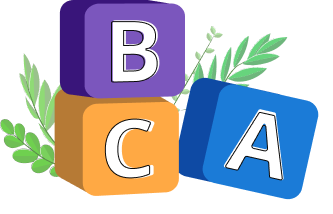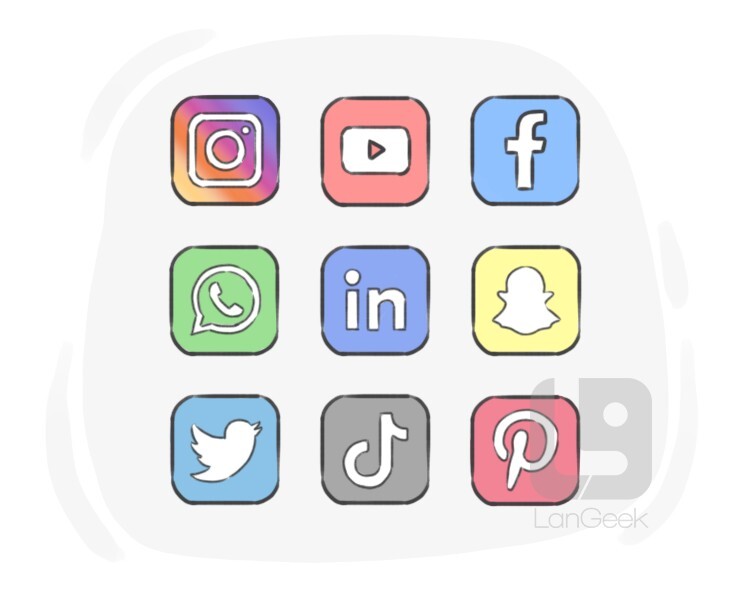
websites and applications enabling users to share content and build communities on their smartphones, computers, etc.
Social media refers to online platforms and websites that allow users to create, share, and interact with content, as well as connect with others. These platforms enable people to post messages, photos, videos, and other types of content, and engage with others through comments, likes, shares, or follows. Social media has become a key tool for communication, entertainment, news, and marketing. Social media has transformed how people connect, share information, and participate in online communities.
Grammatical Information:

to publish an image, video, text, or other form of content on to the Internet, particularly on social media
Grammatical Information:

to make a text, email, file, etc. be delivered in a digital or electronic way
Grammatical Information:
a request sent through social media platforms or online networks, inviting someone to connect and add them as a friend or contact
A friend request on social media is a feature that allows one user to ask another to connect and add them as a friend. When the request is accepted, the two users can see each other's posts, updates, and other shared content, depending on their privacy settings. Friend requests are common on platforms like Facebook and are typically sent to people users know personally or wish to connect with. Accepting or rejecting a friend request is up to the recipient, and some platforms also allow users to leave requests unanswered.
Grammatical Information:
to make something more useful or modern by adding the most recent information to it, improving its faults, or making new features available for it
Grammatical Information:
information that one shares on social media to show their current mood, opinion, or situation
A status on social media refers to a post or update that a user shares to express their thoughts, activities, or feelings at a particular moment. It can include text, photos, videos, or links and is often used to let friends, followers, or connections know what someone is doing or thinking. A status is usually visible on the user’s profile or timeline and can be updated frequently. For example, a person might update their status to share what they are currently working on, how they are feeling, or to announce an event or achievement.
to voluntarily sign up or register for a service or regular updates, indicating the desire to receive ongoing content or notifications from a specific source
Grammatical Information:
to subscribe to a person or organization's account on a social media platform to check everything that they post or publish
Grammatical Information:
the personal details and other information that someone posts online on a social media platform
A profile on a social media platform refers to the personal information and details that a user shares about themselves. It often includes a profile picture, a short description or bio, and other information like interests, hobbies, location, and contact details. Profiles help others understand who a person is and allow them to connect or interact with that person online. People can update their profiles with posts, photos, and other content to reflect their thoughts, activities, or experiences.
Grammatical Information:
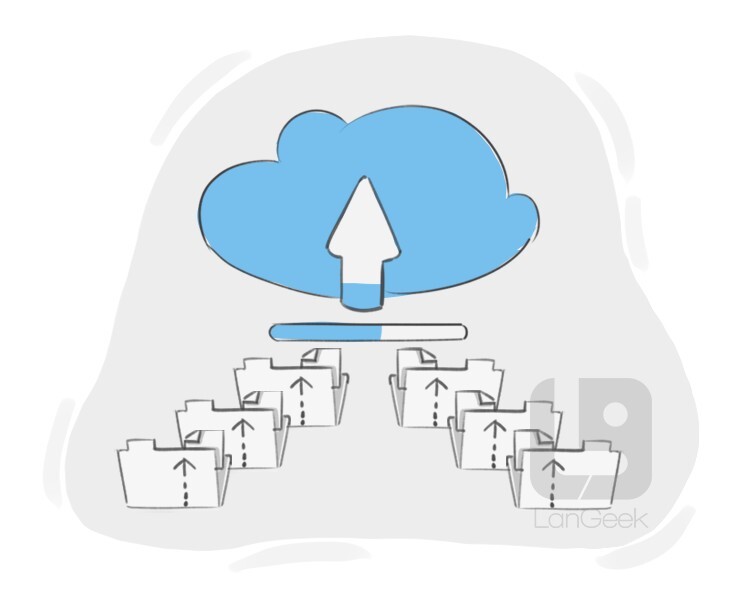
to send an electronic file such as a document, image, etc. from one digital device to another one, often by using the Internet
Grammatical Information:
new or revised information or data
to use social media applications or websites to post or repost a message, image, etc.
Grammatical Information:
(computing) a word or picture in a website or an electronic document that will take the user to another page or document if they click on it
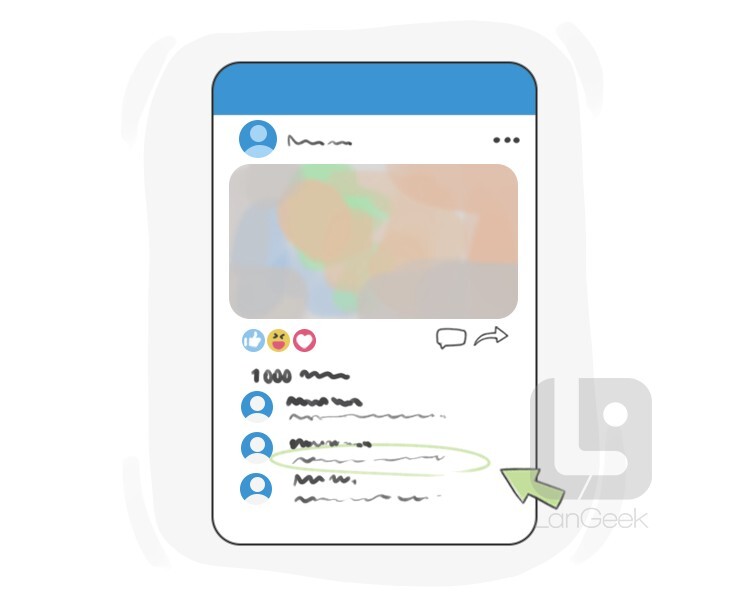
a spoken or written remark that expresses an opinion or reaction
A comment is a written message or statement made in response to something, such as a post, photo, or video on social media or a website. It allows individuals to share their thoughts, opinions, or feedback about the content. Comments can be positive, negative, or neutral and often encourage discussion or interaction. On social media platforms, users can leave comments to express their feelings, ask questions, or engage in conversations with others.

to judge and assign a score or rank to something according to a set scale
Grammatical Information:
the range of interest or activity that can be anticipated
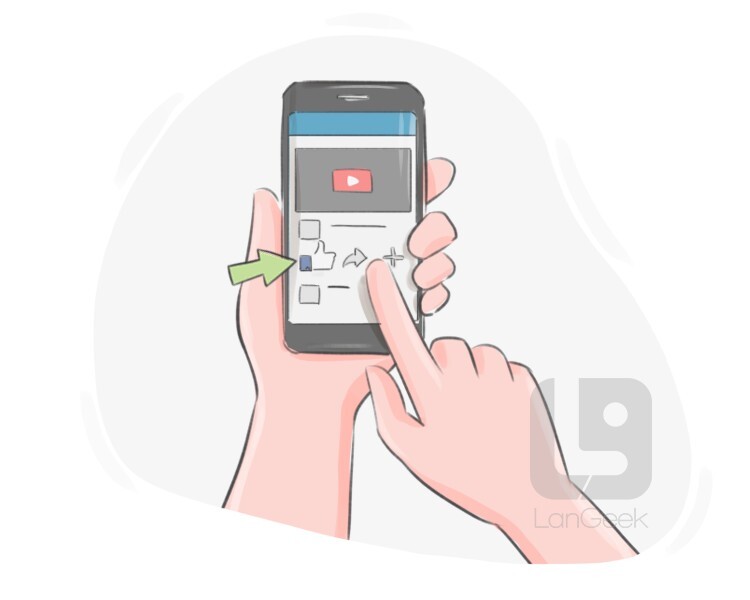
something by which a person can show their interest in or approval of a post shared on social media, a blog, etc. by tapping a specific button
A like refers to an expression of approval, enjoyment, or interest in something. It is commonly used on social media platforms to show that someone appreciates or enjoys a post, photo, or comment. When someone clicks the "like" button, they are indicating that they approve of or find the content appealing.
Grammatical Information:
an alert or message sent to inform a user about an event or activity on a social media platform or digital service
A notification is a message or alert that informs a user about new activity on a social media platform, app, or website. Notifications can include updates like someone liking a post, commenting, sending a direct message, or tagging the user in a photo. They are designed to keep users informed about interactions or events related to their accounts. Notifications can appear as pop-ups, emails, or within the app itself, and users can often customize which types of notifications they want to receive.

to show support for or interest in a post shared on social media, a blog, etc. by tapping a specific button
Grammatical Information:

to express one's opinion about something or someone
Grammatical Information:

used by or belonging to only a particular individual, group, institution, etc.

to bring something into existence or make something happen
Grammatical Information:
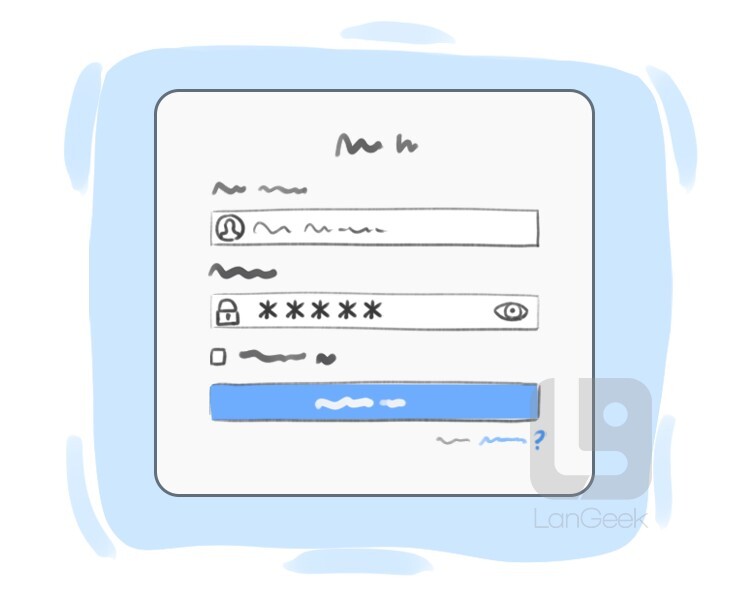
an arrangement based on which a user is given a private and personalized access to an online platform, application, or computer
An account is a personal or organizational profile created on a platform, website, or service to access its features and content. It typically includes information such as the user's name, email, and preferences. Accounts are used to track activities, make purchases, interact with content, or access personalized services. For example, a social media account allows a person to post updates, follow others, and engage with content, while an email account enables sending and receiving messages. Accounts help identify and manage users on digital platforms.
Grammatical Information:
a state in which other people cannot watch or interrupt a person
a small image that represents an individual or entity on social media platforms or online profiles
A profile picture is a photo or image used to represent an individual on social media platforms, websites, or online services. It is often displayed next to a person's name or username and helps others identify them in a digital space. Profile pictures are commonly used on platforms like Facebook, Instagram, and LinkedIn, and can be a personal photo, logo, or any image that reflects the individual's identity or interests. The purpose of a profile picture is to make one's online presence more recognizable and personal.
Grammatical Information:

available to and shared by everyone, not only for a special group
a list of the online activities of a user on a social media platform in a chronological order
A timeline on social media refers to a display of posts, updates, or content shared by a user or others, organized in chronological order. It shows the most recent activities, such as status updates, photos, videos, or comments, typically appearing at the top of the page. A timeline helps users keep track of their interactions and see the posts of people or pages they follow. It is commonly found on platforms like Facebook, Twitter, or LinkedIn, where users can scroll through their timeline to view the latest content shared by others and themselves.
Grammatical Information:
to associate or label someone or something in a post, comment, or photo, typically by using their username or adding relevant keywords, enabling others to easily find or identify them when viewing the content
Grammatical Information:
a predefined option based on which a computer or other device performs a particular task unless it is changed
a message sent on a social media platform that is available only to the recipient
A direct message (DM) is a private message sent between users on social media platforms or messaging apps. Unlike public posts or comments, direct messages are only visible to the sender and the recipient. DMs allow users to communicate in a more personal and private manner. They can be used to share information, ask questions, or have conversations without others seeing.
Grammatical Information:
Congratulations! !
You learned 30 words from undefined. To improve learning and review vocabulary, start practicing.
Review
Flashcards
Spelling
Quiz
